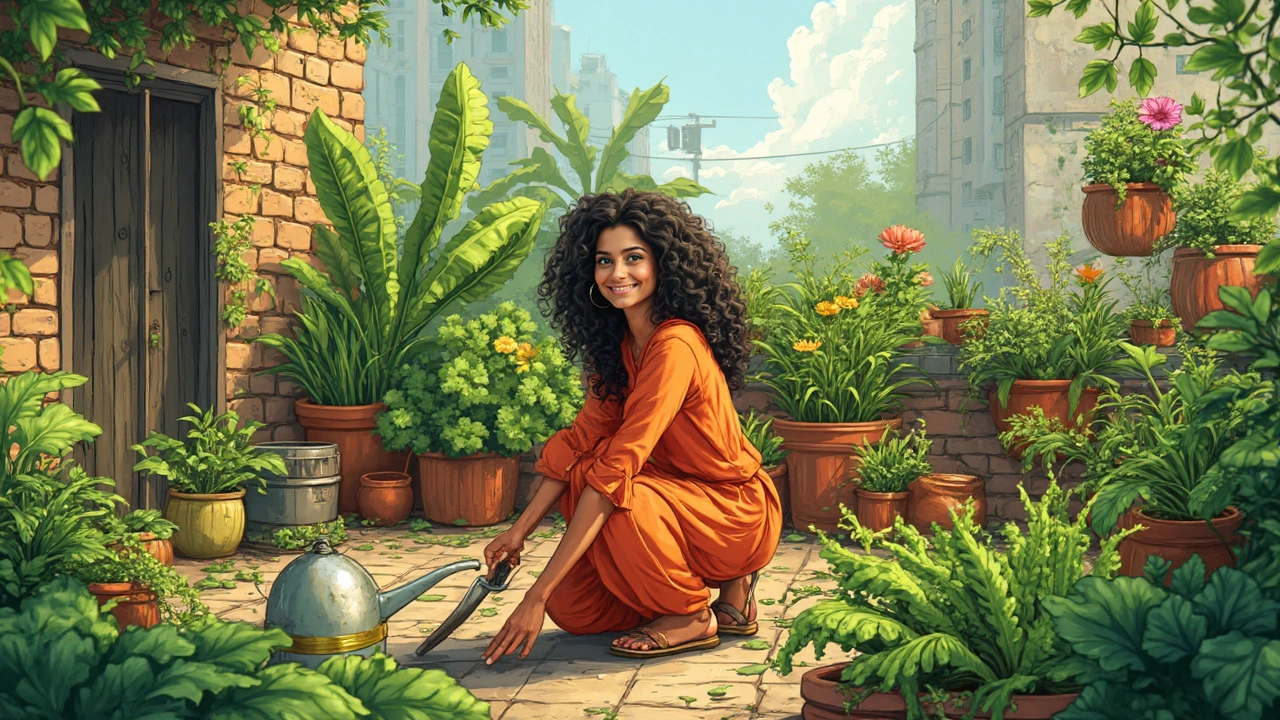This article dives into what you really call someone who's obsessed with gardening and why it matters. You'll see how this love goes way beyond the backyard, shaping habits that help the planet. Get ideas to boost your own eco-friendly gardening skills and find out about quirky gardening communities online. Expect real-world advice for growing greener without spending a fortune.
Eco-Friendly Tips for Sustainable Gardening and Farming in India
When you follow eco-friendly tips, practical actions that reduce harm to the environment while growing food or ornamental plants. Also known as sustainable gardening, it means working with nature instead of against it—using less water, avoiding chemicals, and recycling waste into resources. In India’s varied climate, these aren’t just nice ideas—they’re necessary. Whether you’re growing tomatoes on a balcony or managing a small farm, eco-friendly tips help you cut costs, protect your soil, and still get strong yields.
One big part of this is composting, turning kitchen scraps and plant waste into rich soil amendment. It’s not magic—it’s science. You need four things: browns like dry leaves, greens like vegetable peels, air, and moisture. When you get the balance right, you stop buying fertilizer and start building living soil. Many of the posts here show how to make compost fast, odor-free, and without worms if you don’t want them. Another key piece is drip irrigation, a system that delivers water slowly and directly to plant roots. It cuts water use by up to 60% compared to watering cans or sprinklers. But it clogs. You’ll find real fixes for clogged emitters, uneven flow, and broken lines in the posts below. These aren’t theory—they’re what worked for farmers in Tamil Nadu and balcony gardeners in Mumbai.
Then there’s the soil. Dense clay? Sandy and dry? You don’t need to replace it—you fix it. Soil amendments, materials added to improve texture and nutrient content. Like compost, perlite, or leaf mold. They loosen heavy soil, help sandy soil hold water, and feed microbes. You’ll see exactly what works in Indian conditions, not just generic advice from the UK or US. And yes, even things like styrofoam in planters come up—some say it’s safe, others say no. We show you the facts so you decide.
It’s not just about what you add. It’s about what you avoid. Planting hydrangeas in full afternoon sun? Bad idea. Using harsh chemicals to keep rabbits away from zinnias? Unnecessary. You don’t need poison when you can use cages, companion planting, or timing your sowing to avoid peak rabbit season. These are the kinds of smart, low-cost choices that define true eco-friendly tips. You’ll also learn which plants bloom all year in India, how to pick the right balcony direction for sunlight, and which herbs are so easy even beginners can’t kill them.
This isn’t about being perfect. It’s about making better choices, one step at a time. Whether you’re a farmer in Punjab trying to reduce input costs or a renter in Delhi growing herbs on a 5-square-foot balcony, the same principles apply: observe, adapt, reuse, and respect the land. The posts below are full of real examples—not theory, not fluff. Just what works, right here, right now, in India.
